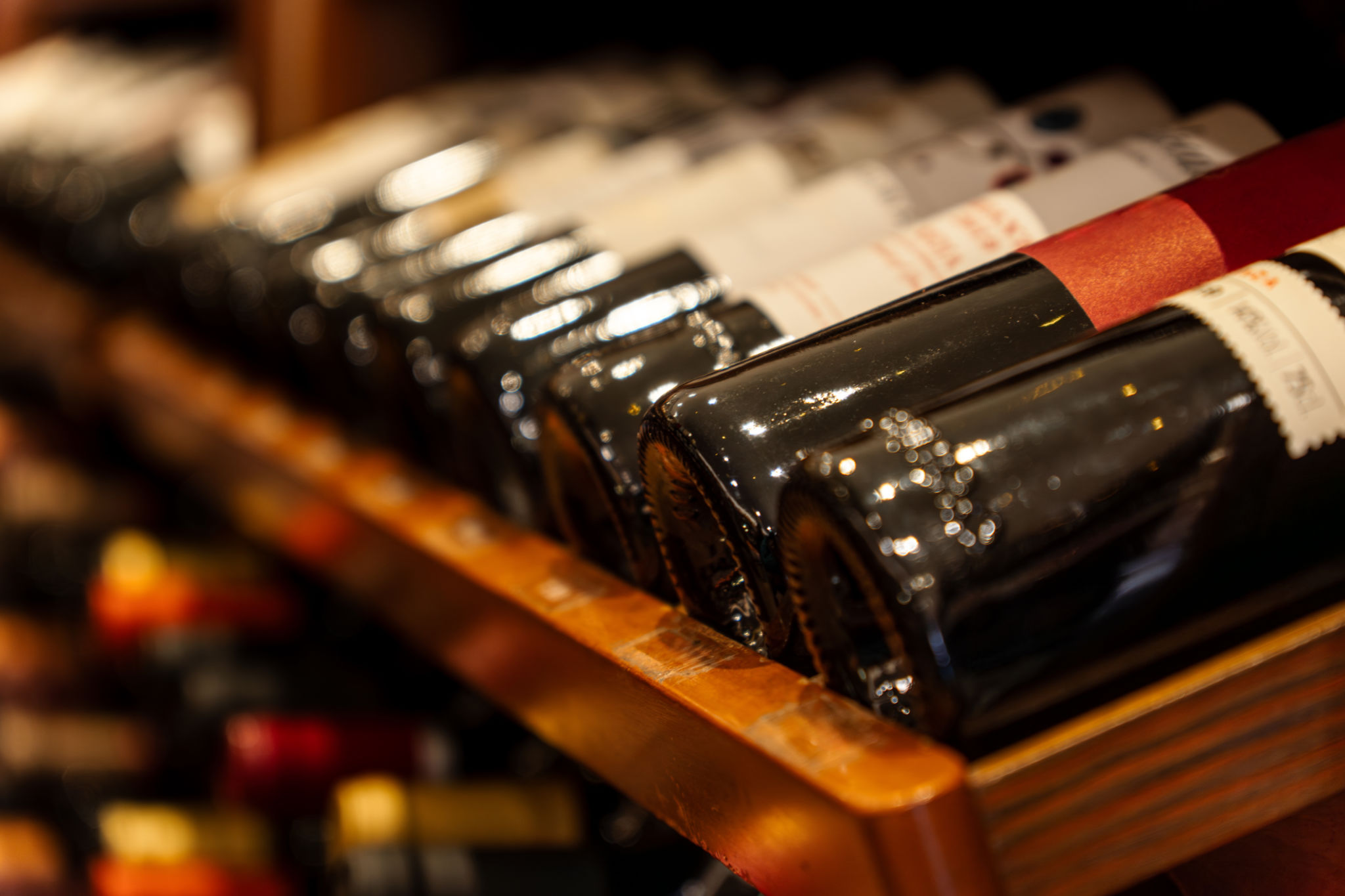Expert Tips for Hosting a Wine Tasting at Home
Setting the Scene
Hosting a wine tasting at home can be a delightful experience that brings friends and family together for a sophisticated yet relaxed gathering. To ensure your event is both enjoyable and educational, start by setting the scene. Choose a comfortable space with plenty of natural light, and consider using soft music to create a welcoming atmosphere. A clean, uncluttered table will allow guests to focus on the wines.
Decorate the table with neutral-colored linens and simple glassware. This ensures that nothing distracts from the main attraction: the wine. Provide guests with tasting notes and pens so they can jot down their impressions as they savor each pour.

Selecting the Wines
The selection of wines is crucial to the success of your tasting event. Choose a theme to guide your selections, such as wines from a specific region or a particular grape variety. Offering a range of styles, from whites to reds and everything in between, can provide a well-rounded experience.
Typically, four to six different wines are enough for a tasting. This allows guests to explore different flavors without overwhelming their palates. When planning the order of tasting, start with lighter wines and progress to fuller-bodied ones.

Preparing the Palate
Before diving into the tasting, it's important to prepare the palate. Encourage your guests to cleanse their palates between wines by providing water and neutral-flavored snacks like bread or crackers. These will help reset their taste buds and enhance their ability to discern the nuances of each wine.
If you wish to incorporate food pairings, select items that complement rather than overpower the wine's flavors. Cheese, charcuterie, and fruit are classic choices that can enhance the tasting experience.

The Tasting Process
Guide your guests through the structured process of tasting wine by focusing on three main steps: appearance, aroma, and taste. Encourage them to observe the color and clarity of the wine in their glass, noting any differences between selections.
Next, invite them to swirl the wine gently to release its aromas. Have them take a moment to inhale deeply and identify any scents they recognize. Finally, have them take a sip, allowing the wine to linger on their palate. Discuss any flavors or sensations they detect.

Engaging Your Guests
To make the event more interactive, consider incorporating some fun activities or games. Blind tastings can add an element of mystery and challenge guests to rely on their senses without preconceived notions. You might also offer prizes for those who can correctly identify the wines or guess their country of origin.
Facilitate discussion by encouraging guests to share their thoughts and opinions. This not only enhances their understanding but also creates a lively atmosphere where everyone feels included.

The Art of Conclusion
As your wine tasting event comes to a close, take the time to gather feedback from your guests. This is a great way to learn what they enjoyed most and how you might improve future tastings. Thank them for participating and perhaps provide a small memento or list of the wines tasted as a keepsake.
Hosting a wine tasting at home can be a rewarding experience that deepens your appreciation for wine and strengthens connections with those you care about. With thoughtful preparation and attention to detail, your event is sure to be a memorable success.